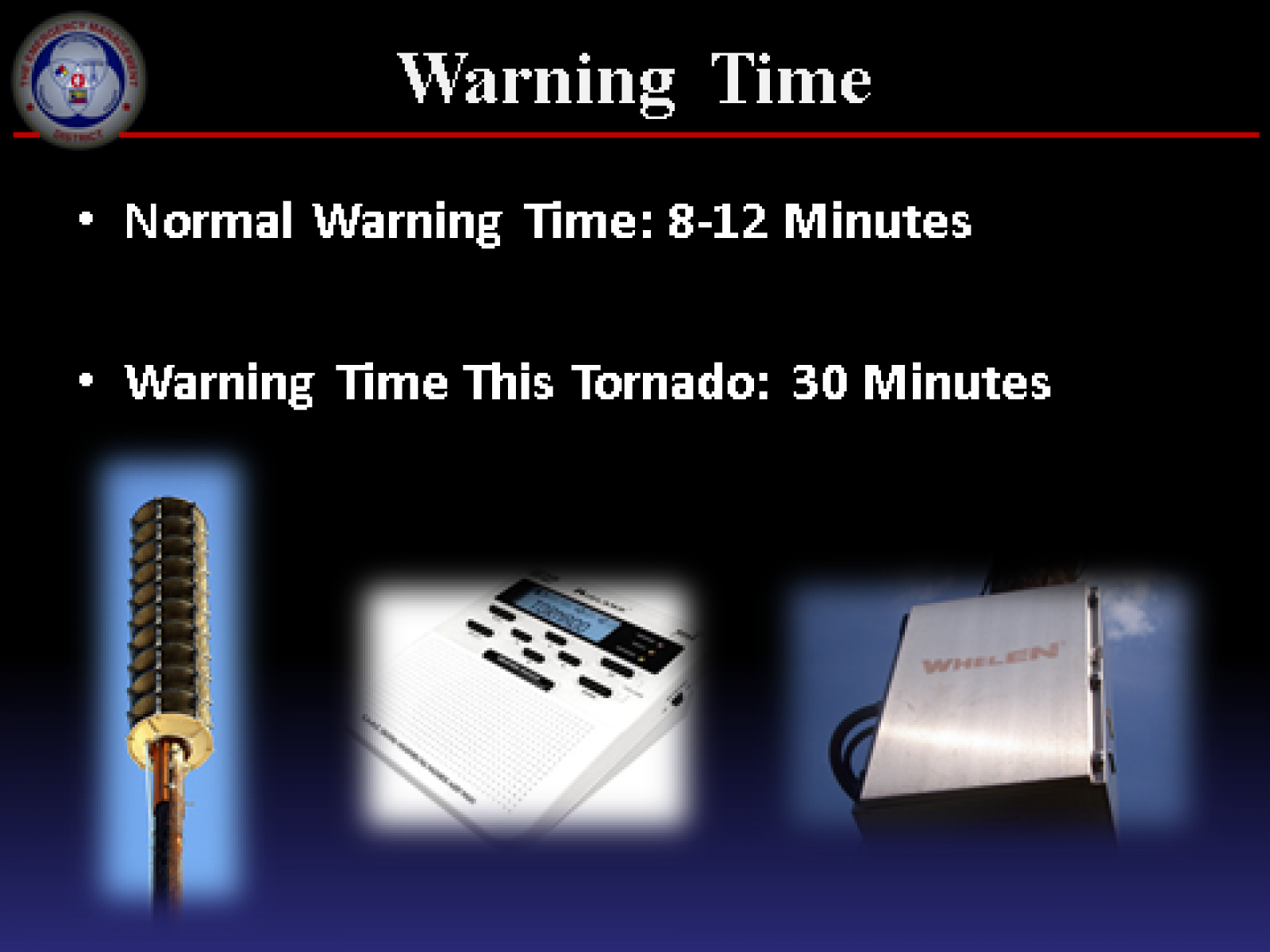An Overview Of Our Solution
Hattiesburg covers an area of almost 50 square miles in south central Mississippi. It is situated at the confluence of three significant water bodies, the Bouie River, Leaf River and Gordon's Creek. The city has a history of severe weather events including flood, hurricane and tornado. Flooding mitigation programs in partnership with the Corps of Engineers have helpd reduce the impact of seasonal flooding but flooding does occur in some low lying areas. The city in partnership with federal, state and private entities has worked to embrace the challenge of disasters.
Hattiesburg, known as "The HUB City" is a major transportation center for the south, serving interstate and state highways plus three major railroad lines - Norfolk Southern, Canadian National and Kansas City Southern. These lines intersect in the city's historic downtown district. Hattiesburg is also an active Amtrack station connecting the city to Atlanta (N) and New Orleans (S).
- Population Impacted: 45,989
- Continent: North America
Address
200 Forrest Street, PO B 1898
Hattiesburg, MS 39403-1898
United States
Hazard
Identify the likelihood and frequency of this hazard
Explain how vulnerable the community is to this hazard
List the potential affects of this hazard
Identify how sensitive the community is to these affects
Preparedness Goal
Implementation Actions
Warning Sirens: Received FEMA/MEMA grant for approximately $116, 000 for 5 emergency sirens. Project completed in 2011. (Project cost $134,000: 75% fed/20% state/5% local)
SAFE ROOMS Project: City built 12 safe room buildings to protect city employees in case of situations of potentially dangerous weather. The city received a Mitigation grant from FEMA/MEMA. MEMA grant of $210,359.
In an effort to improve preparedness with the general public: In 2004, Hattiesburg received a Mark Trail NOAA Weather Radio, All Hazards Award for our work in providing low-moderate income households with NOAA weather alert radios to those who could not afford them. This was funded through a HUD grant and since that time 1,949 radios have been given out for the Early Warning Alert Program.
Describe Your Solution
Lessons learned from Katrina reflected in February tornado response:
Debris -
Identify storage sites prior to disaster for speedy removal of debris cleanup
Identify debris contractors and establish contracts
Established sites for donated goods storage and
Established distribution centers for dontated goods.
Established temporary housing for volunteers
Established short term disaster shelter housing
Established long-term housing recovery program with R3SM: Restore, Rebuild, Recover South Mississippi.
- City adopted Human Resources for time off and over time
- Established code enforcement disaster assessment to quickly compile numbers for FEMA aid
- Established volunteer coordination system locally with Volunteer Hattiesburg and with the state with Volunteer Mississippi
- Interoperable Communication capability
- Inventory of needed equipment
- Inventory of vacant buildings
- Identify potential DRC (Disaster Recovery Center) sites
- Fuel storage capacity - systematically check fuel levels and schedule topping off prior to known potential disasters
- Electrical generators at necessary sites - installed $4 million in generators since 2005
Hattiesburg adheres to requirements for training as set in the National Incident Management System (NIMS). Our yearly report is rolled up along with Forrest County to the State of Mississippi NIMS reporting office at MEMA.
Economic?
WARNING SIRENS: We feel that the introduction of emergency warning sirens results is a perceptual enhancement on the city's attractiveness to potential businesses either to start up or relocate. While the sirens will not prevent severe weather they do, as in the case of the tornado, save lives.
SAFEROOMS: Reduction in lost work productivity due to employees scattered due to unsafe areas during severe weather events.
Environmental?
N/A
Social?
The tornado proved to the general public the benefit of early warning sirens and emergency radios. Due to the suddenness of the appearance of the tornado the sirens were instrumental in informing the public to seek shelter.
What were the negative or unintended impacts (if any) associated with implementing this solution?
None. The system has worked with the results as expected.
Return on Investment: How much did it cost to implement these activities? How do your results above compare to this investment?
Warning Sirens: Received FEMA/MEMA grant for approximately $116,000 for 5 emergency sirens. Project completed in 2011. (project cost $134,000: 75%fed/20% state/5% local)
SAFE ROOMS Project: City built 12 safe room buildings to protect city employees in case of situations of potentially dangerous weather. The city received a Mitigation grant from FEMA/MEMA. MEMA grant of $210,359.
Weather Radios: Is funded through an ongoing allotment from the city's annual CDBG award.
What are the main factors needed to successfully replicate this solution
Coordination with state and local emergency management personnel and jurisdictions is important to a successful integration of early warning systems. Financing assistance from state mitigation programs is requisite for any concerted effort in addressing early warning.
